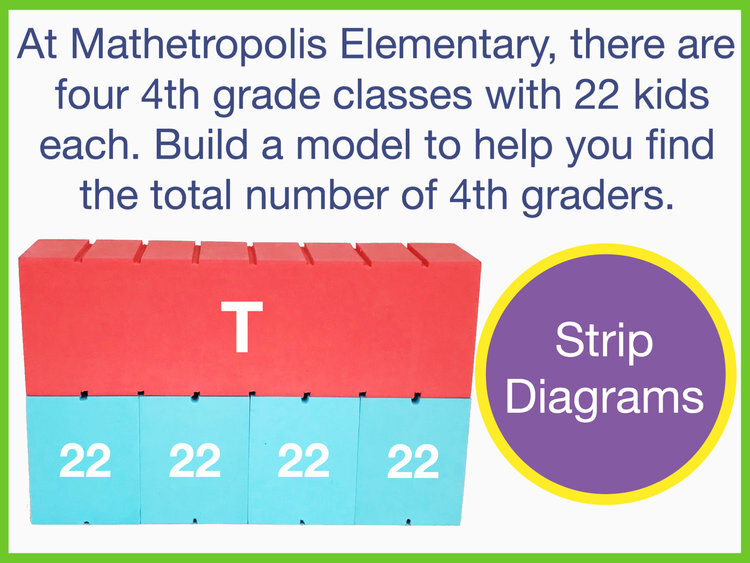4th Grade ADDITION and SUBTRACTION Standards
TEKS
4.1 Mathematical process standards. The student uses mathematical processes to acquire and demonstrate mathematical understanding. The student is expected to
A. Apply mathematics to problems arising in everyday life, society, and the workplace;
B. Use a problem-solving model that incorporates analyzing given information, formulating a plan or strategy, determining a solution, justifying the solution, and evaluating the problem-solving process and the reasonableness of the solution;
C. Select tools, including real objects, manipulatives, paper and pencil, and technology as appropriate, and techniques, including mental math, estimation, and number sense as appropriate, to solve problems;
D. Communicate mathematical ideas, reasoning, and their implications using multiple representations, including symbols, diagrams, graphs, and language as appropriate;
E. Create and use representations to organize, record, and communicate mathematical ideas;
F. Analyze mathematical relationships to connect and communicate mathematical ideas;
G. Display, explain, and justify mathematical ideas and arguments using precise mathematical language in written or oral communication.
4.5 Algebraic reasoning. The student applies mathematical process standards to develop concepts of expressions and equations. The student is expected to:
A. Represent multi-step problems involving the four operations with whole numbers using strip diagrams and equations with a letter standing for the unknown quantity.
COMMON CORE STANDARDS
Operations & Algebraic Thinking:
Use the four operations with whole numbers to solve problems.
4.OA.A.3 Solve multistep word problems posed with whole numbers and having whole-number answers using the four operations, including problems in which remainders must be interpreted. Represent these problems using equations with a letter standing for the unknown quantity. Assess the reasonableness of answers using mental computation and estimation strategies including rounding.

